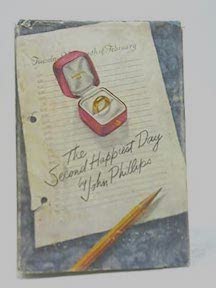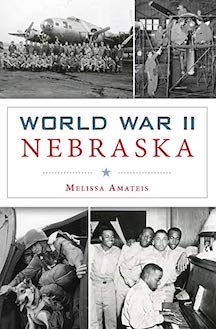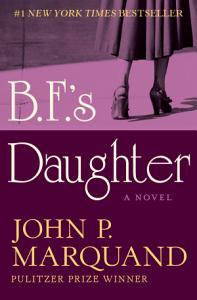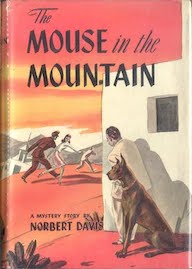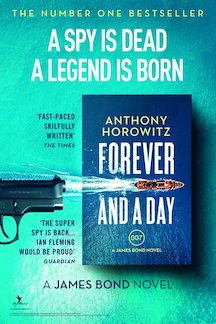LizzieMaine
Bartender
- Messages
- 34,231
- Location
- Where The Tourists Meet The Sea
Seldes is one of my favorite authors of the Era -- a hardboiled and fearless investigator in the tradition of Lincoln Steffens. Everything he wrote is worth reading -- and he wrote a lot. He also had the great personal satisfaction of outliving every single one of his enemies -- his last book, "Witness to a Century," was a best seller when he was 97 years old, and he made it to 104.
